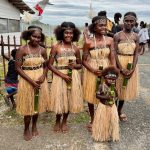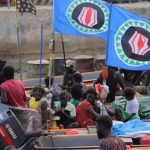Drepung Monastery is a huge and magnificent monastery complex nestled against the lush green slopes of Mount Gephel on the western outskirts of Lhasa. Known as one of the “Three Great Monasteries” of Tibet, along with Ganden and Sera, Drepung exudes an aura of tranquility and spiritual grandeur that leaves visitors in awe. Its sprawling complex, with whitewashed buildings gleaming under the Tibetan sun and prayer flags fluttering in the breeze, is the perfect sample of Tibetan people’s pure faith.
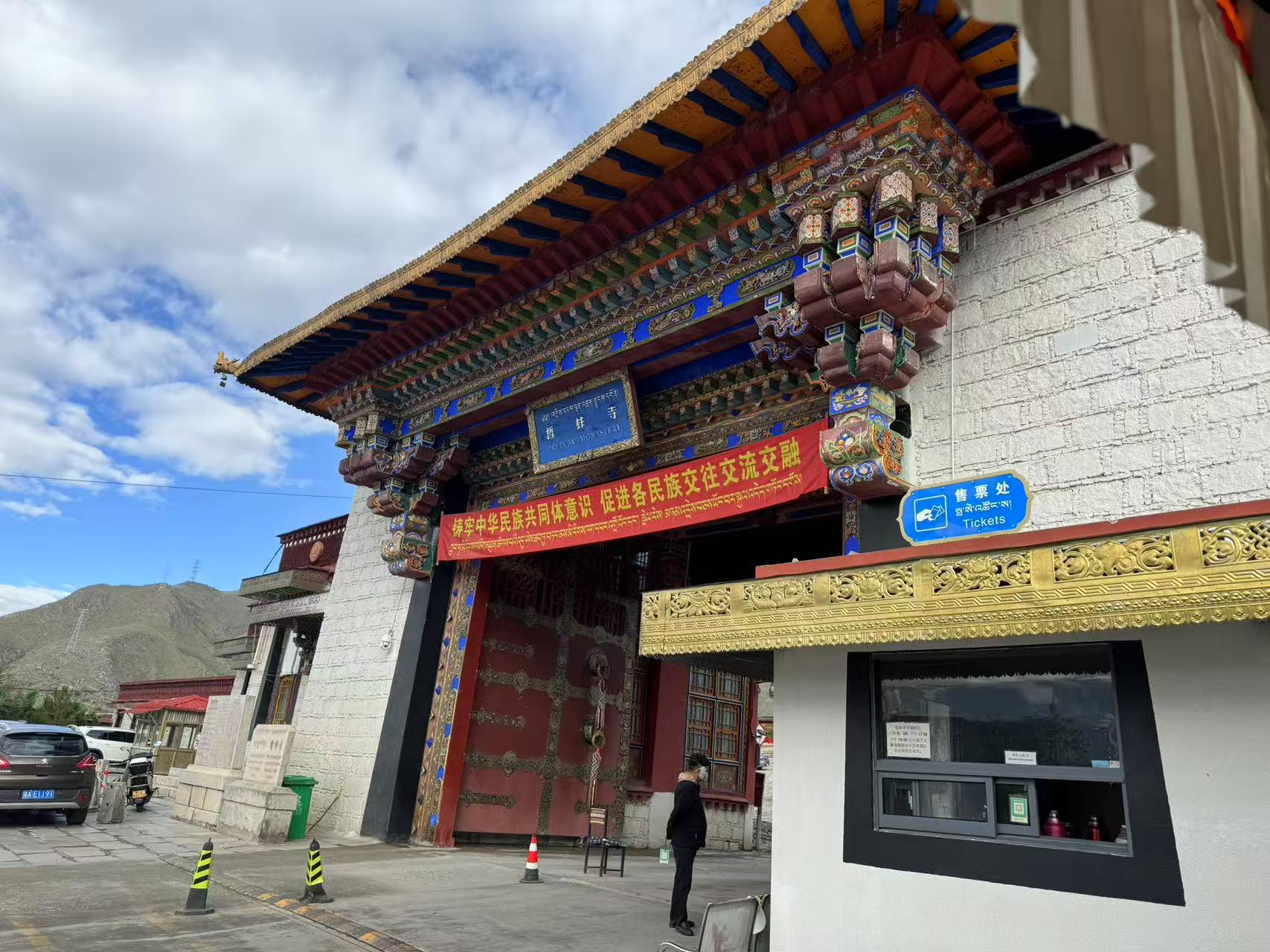

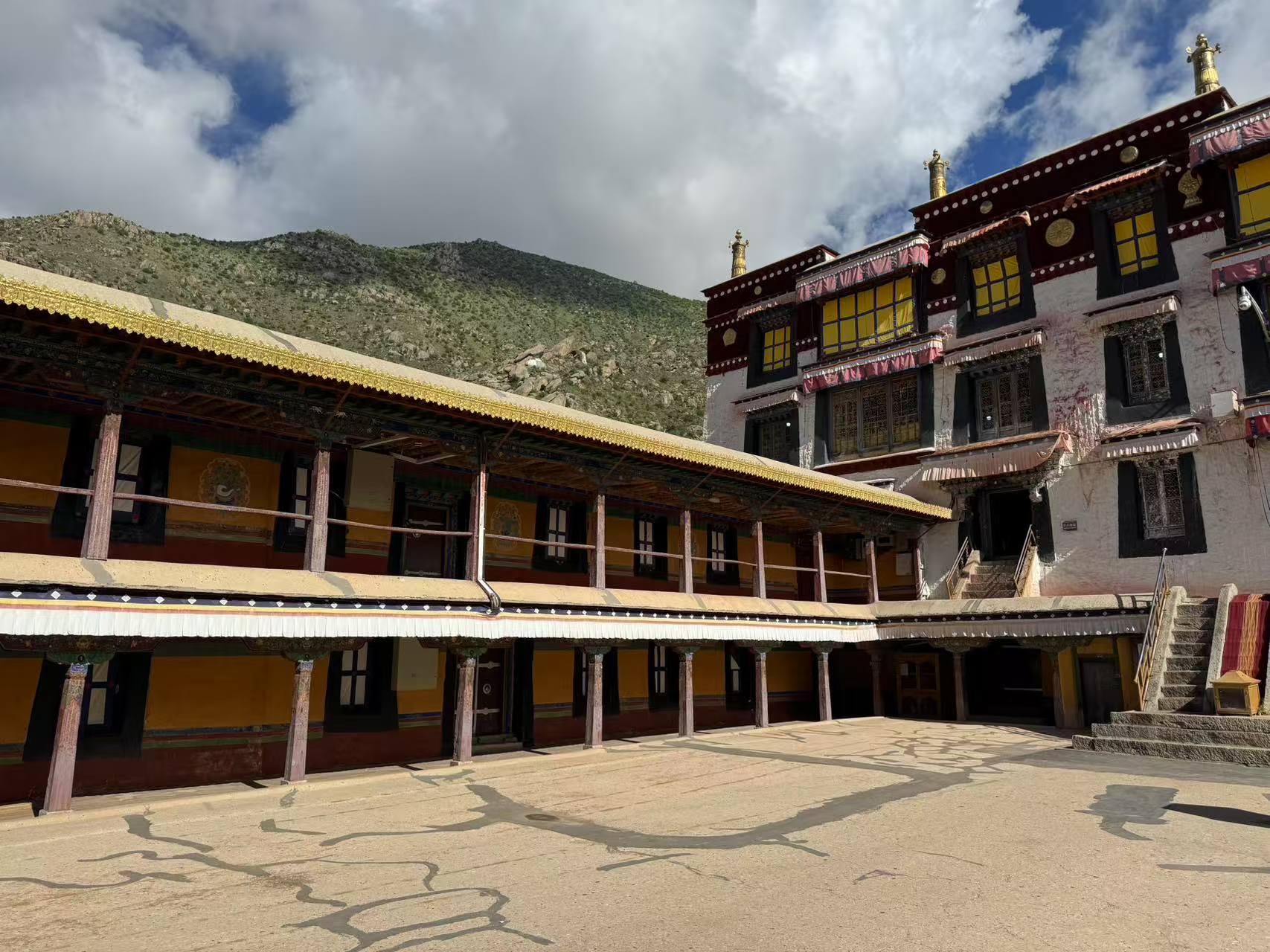
Table of Contents
The History of Drepung Monastery
The history of Drepung Monastery dates back to 1416, when it was founded by Jamyang Chöjey, a disciple of the great Buddhist master Tsongkhapa, who initiated the Gelug school of Tibetan Buddhism.
In its heyday, Drepung was one of the largest monasteries in the world, housing over 10,000 monks. It played a pivotal role in Tibet’s religious and political landscape, even serving as the residence of the Dalai Lamas before the Potala Palace was built. Over the centuries, it has weathered numerous challenges, including wars and natural disasters, but has managed to preserve its sacred essence and architectural splendor.
The Architectures of Drepung Monastery
Drepung Monastery’s architectural style is a stunning blend of Tibetan and traditional Himalayan influences.
The complex is divided into several major colleges, each with its own assembly hall, chapels, and living quarters for monks. The most iconic building is the Great Assembly Hall, or Tsokchen, which can accommodate thousands of monks during important ceremonies. Its interior is adorned with intricate murals depicting Buddhist deities, scenes from the life of the Buddha, and historical events, as well as golden statues of Buddhas and Bodhisattvas that shimmer with a divine glow.
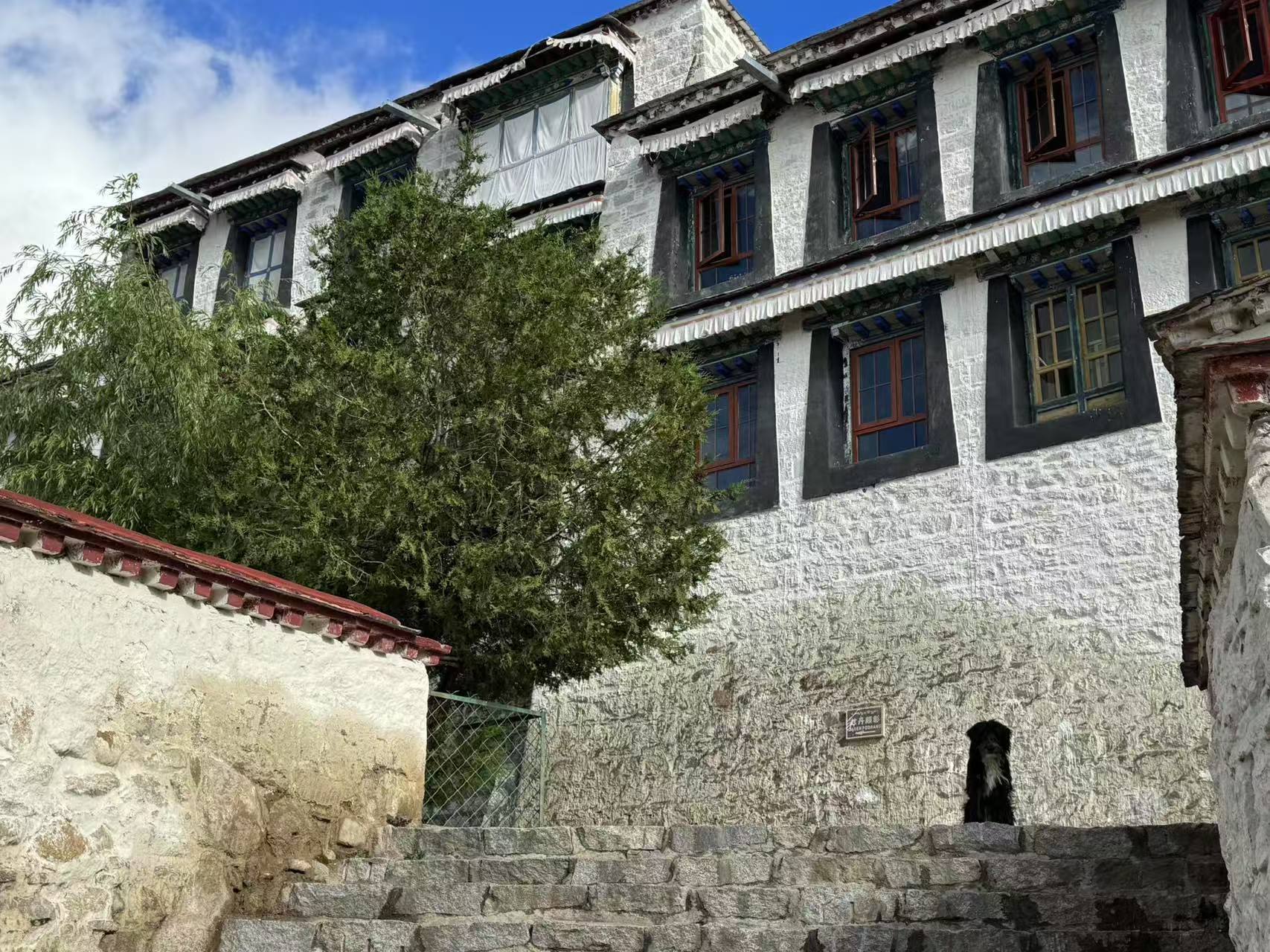


Religious Activities of Drepung Monastery
Religious activities are the lifeblood of Drepung Monastery. Throughout the year, monks engage in daily prayers, meditation, and scriptural studies.
The most famous religious festival held here is the Shoton Festival, also known as the Yogurt Festival, which takes place in summer. During this festival, a huge thangka (a religious painting on silk) of Buddha is unfurled on the hillside, drawing thousands of pilgrims and tourists who come to pay homage and seek blessings. The air is filled with the sound of chanting monks, the smell of incense, and the vibrant colors of traditional Tibetan costumes, creating a truly unforgettable atmosphere.
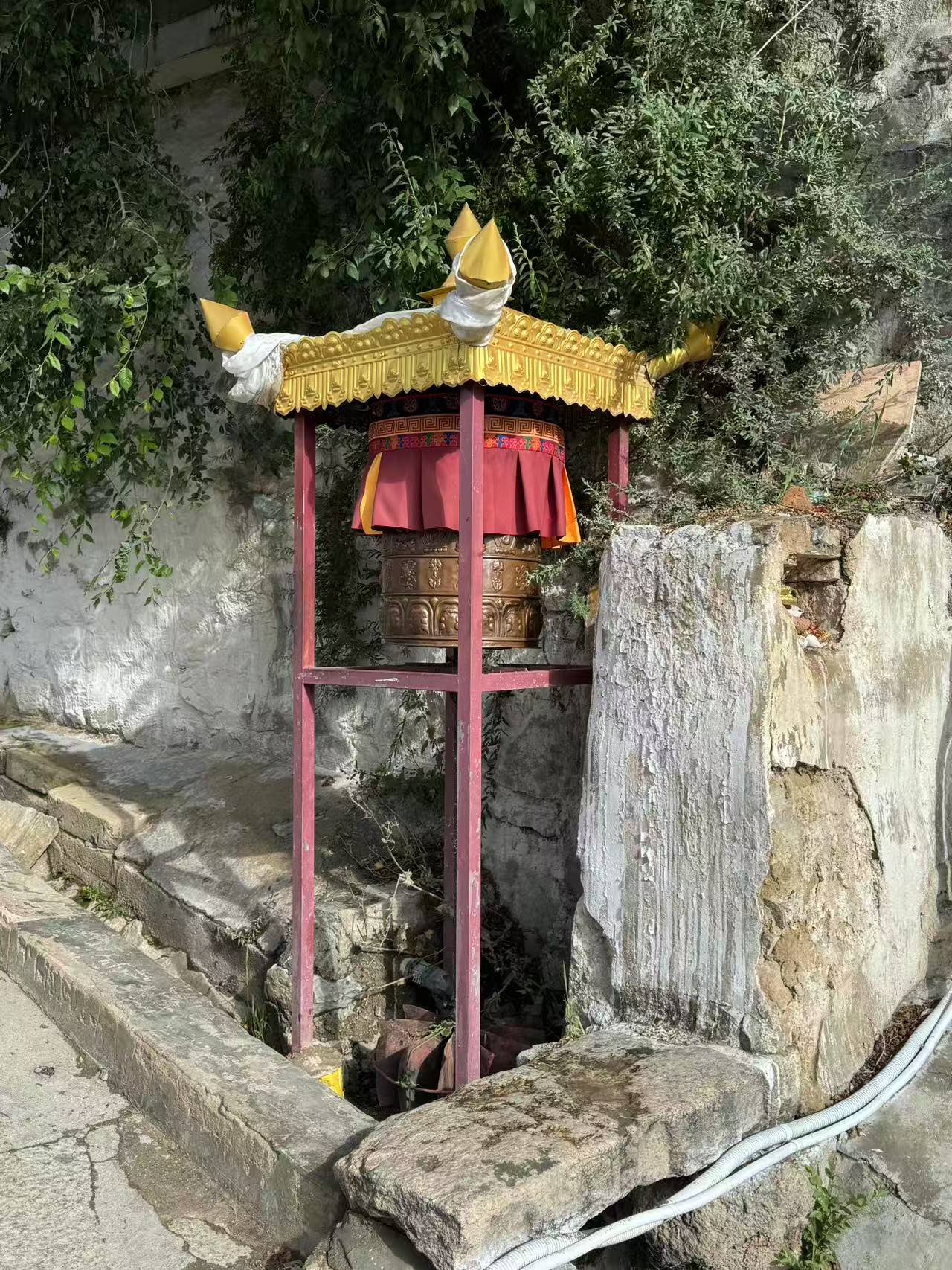
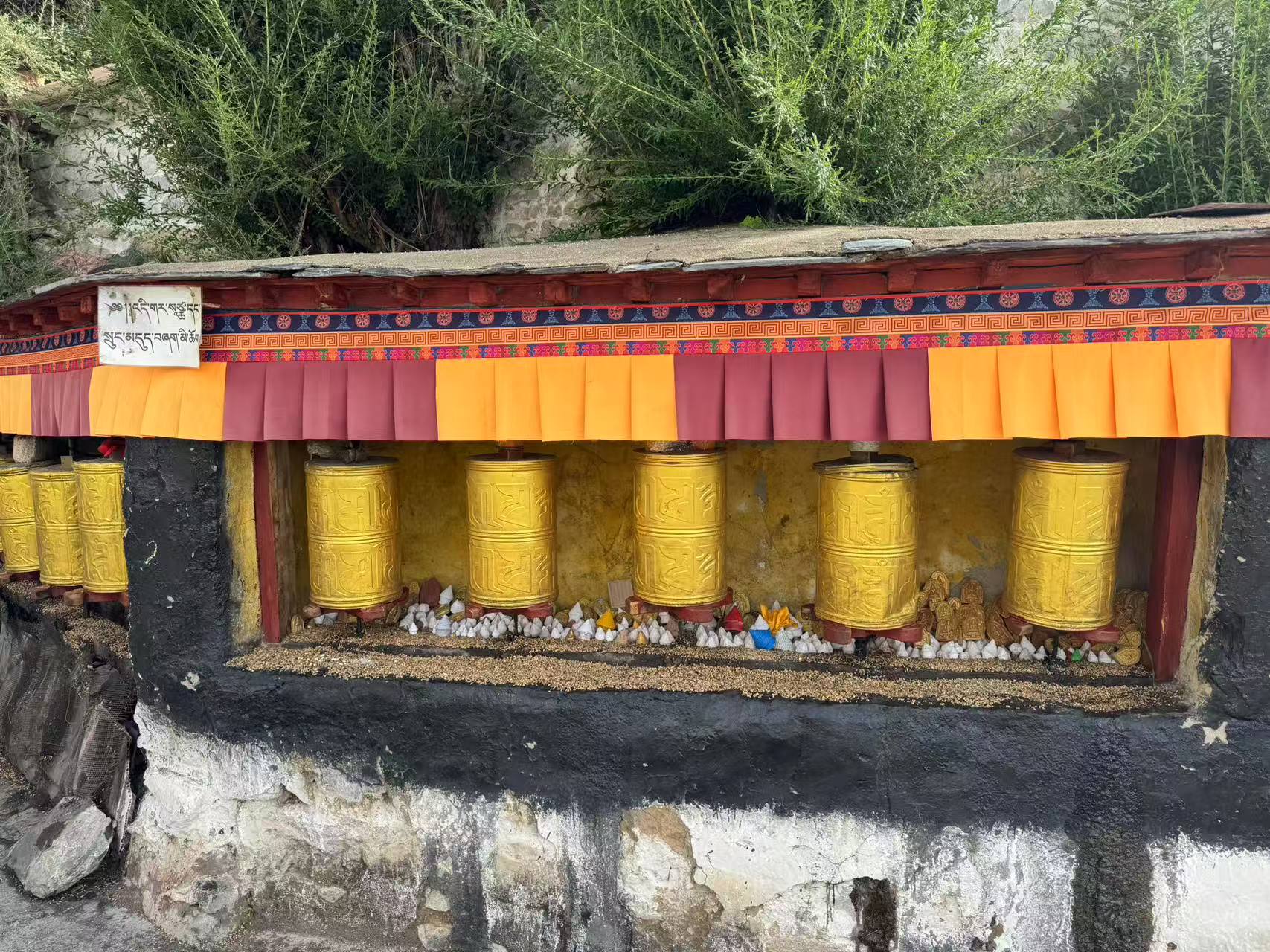
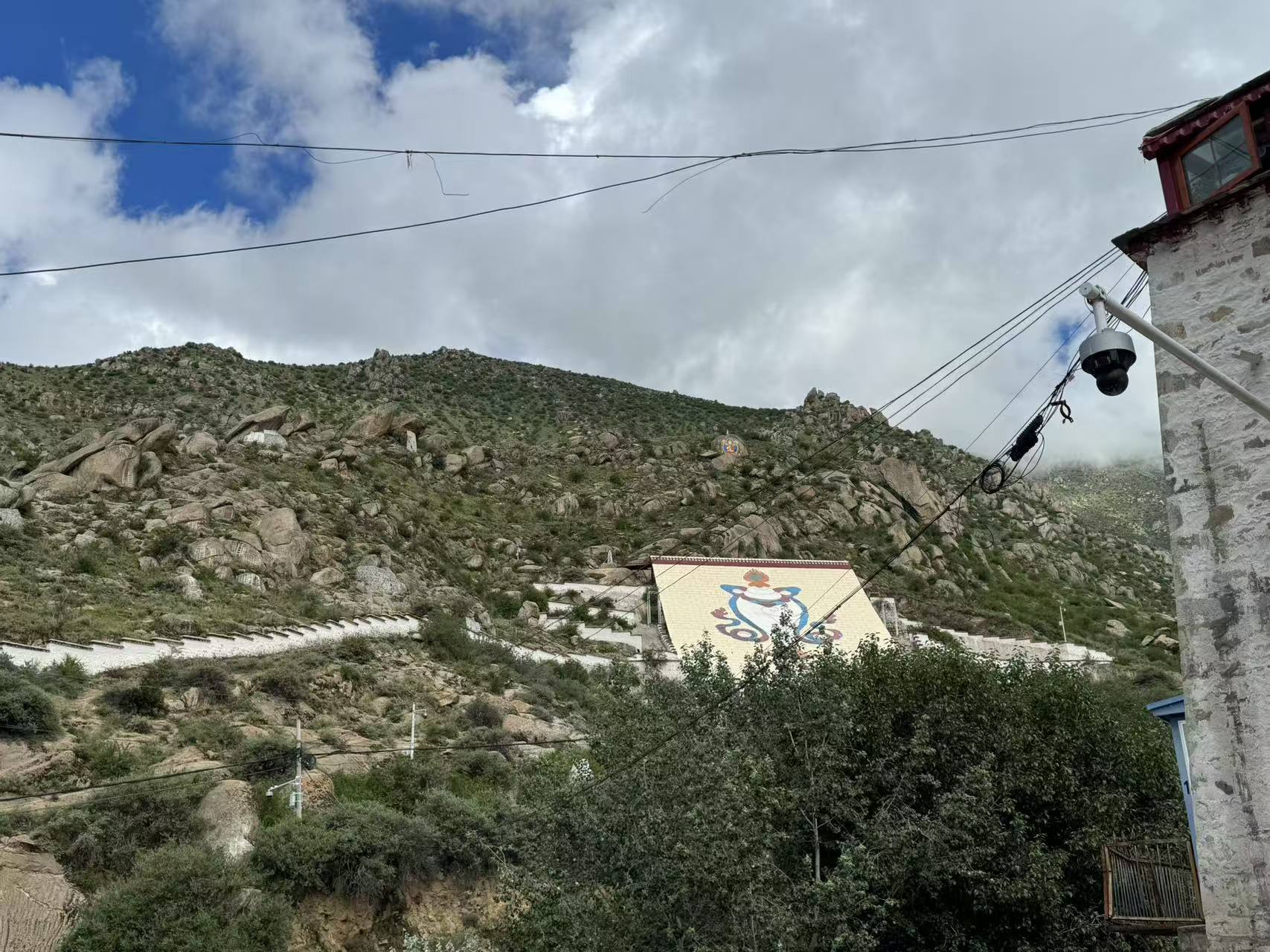
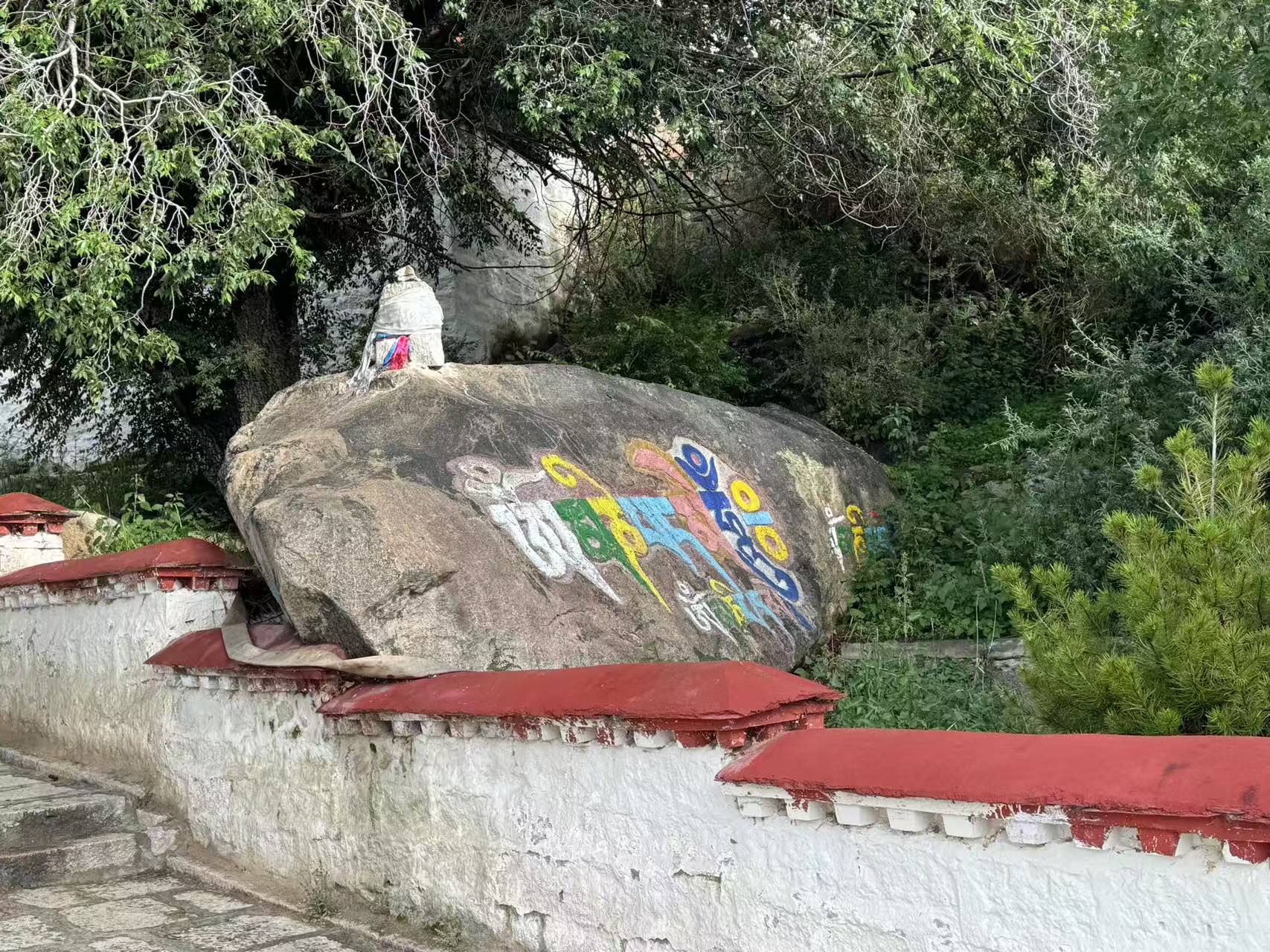
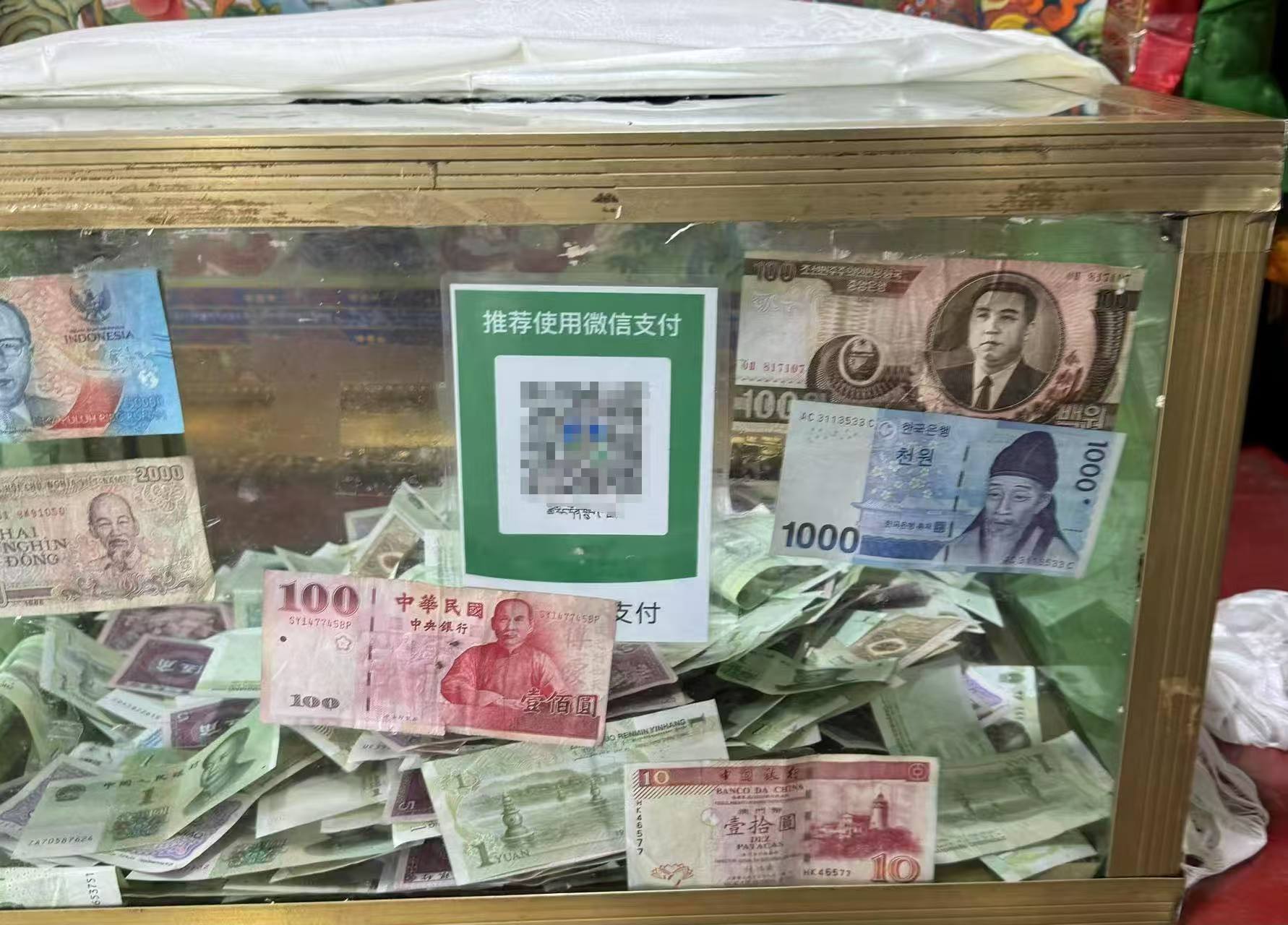
For travelers planning to visit Drepung Monastery, there are a few things to keep in mind. It is advisable to wear modest clothing that covers the shoulders and knees out of respect for the religious site.
Photography is allowed in most areas, but it is important to check for signs indicating restrictions, especially inside chapels and during ceremonies. A local professional Tibetan guide can provide detailed explanations of the monastery’s history, architecture, and religious practices, enhancing your understanding and experience. What’s more, they can communicate with the monks in the monastery using their own Tibetan language, which can provide the visitors the opportunities to have conversations with the monks and hearing their thoughts.
Also, be prepared for some uphill walking as the monastery is built on a slope!
Conclusion
Drepung Monastery is more than just a place of worship. It is a treasure trove of Tibetan culture and a window into the deep spiritual beliefs of the Tibetan people. Its rich history, stunning architecture, and vibrant religious activities make it a must-visit destination for anyone traveling to Tibet.
YPT’s Tibet Roof of the World tour will equip you with a local professional guide and will take you to every essential monastery of Tibet.
Click here to read more about our China tours.



